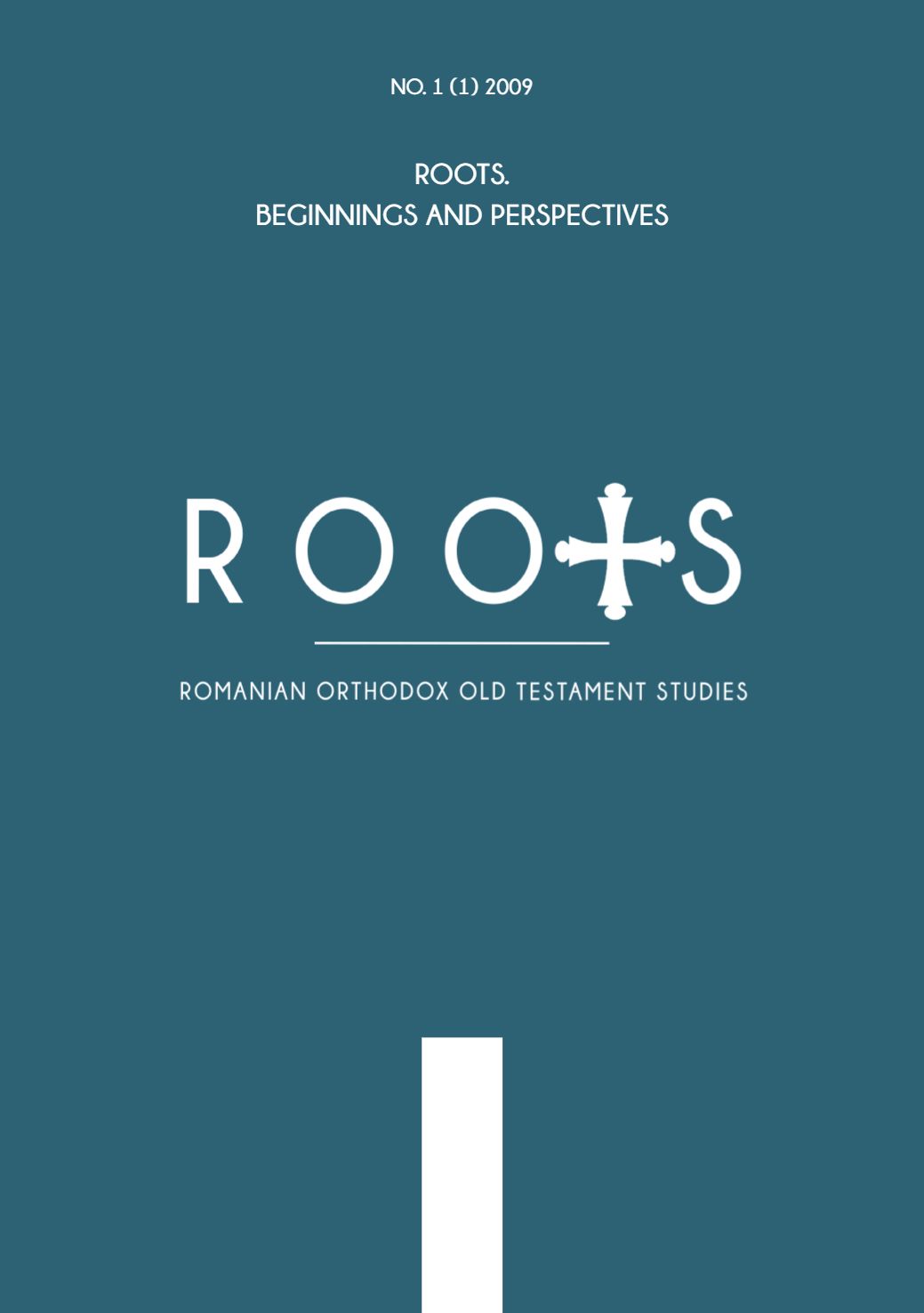The biblical concept “in the image of God” (Gn 1:26-27) According to the patristic and philocalic anthropology
The biblical concept “in the image of God” (Gn 1:26-27) According to the patristic and philocalic anthropology
Author(s): Simeon (Ştefan) PinteaSubject(s): Christian Theology and Religion, Theology and Religion, Biblical studies
Published by: Presa Universitara Clujeana
Keywords: image; likeness; entheosis; patristic anthropology; philocalic anthropology;
Summary/Abstract: For the contemporary man it is very important to recover the sense of his existence. He always searches both his origin and his target – the purpose of his existence. Therefore, one of the aims of the contemporary theology is to show the man this origin and this target. Based on the Revelation, the biblical theology offers the foundation of this quest. We try here to show how the Patristic Theology understood the creation of the man “in the image of God”, the way in which the Church Fathers perceived the notion of “image” and the way in which the Philocalic Fathers explained the entheosis using this concept. As we shall see, the destiny of the man depends on this revealed truth: that he t/vas made “in the image” of God. Here, we try to draw a patristic and philocalic anthropologic presentation of the entheosis, starting from the text of the Genesis 1:26-27. But why do we separate the patristic and the philocalic anthropology? First, because, using patristic arguments, we to explain the biblical concept of “image”: second, to underline the importance of the notion “in the image” in the spiritual and mystical life in order to accomplish the “likeness” as we find it in the writings of the Philocalic Fathers.
Journal: Romanian Orthodox Old Testament Studies
- Issue Year: 1/2009
- Issue No: 1
- Page Range: 31-41
- Page Count: 11
- Language: English

